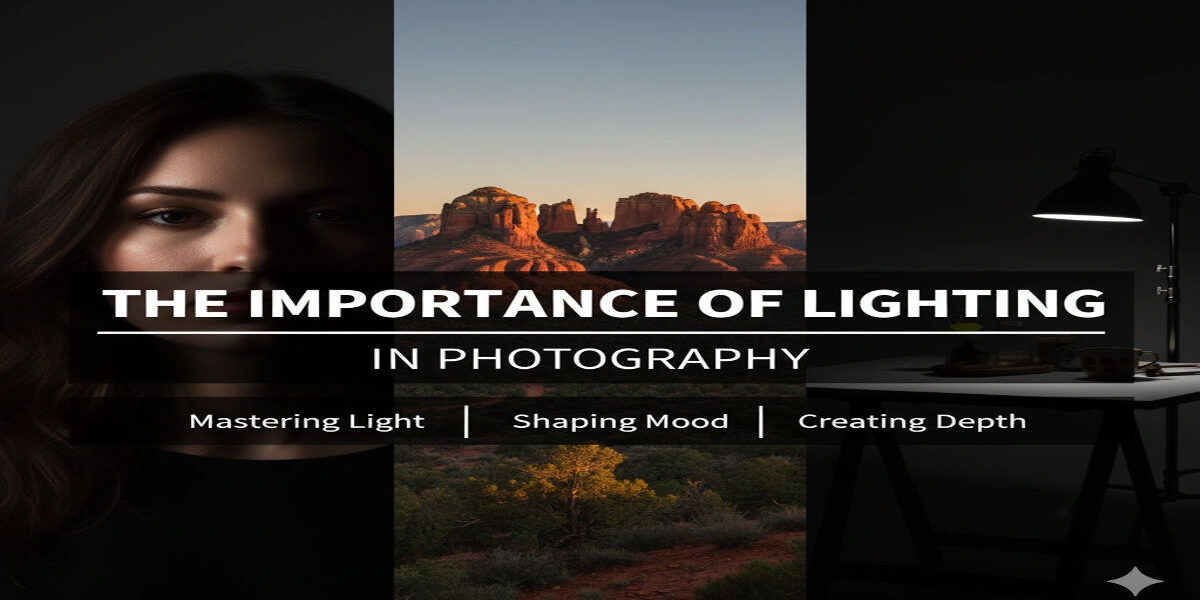When you think about photography, you probably picture cameras and lenses, right? But honestly, none of that really matters without light. Light is the key ingredient in every photo you take. If you understand how light works and how to use it, it will completely change the way your images look. That’s why it’s essential to grasp the importance of lighting in photography right from the start.
Light Sets the Mood
Light truly has the ability to tell a story. The gentle golden glow just before sunset wraps everything in warmth and a touch of romance, making scenes feel cozy and inviting. Bright midday sunlight, on the other hand, brings a lively energy, though it can sometimes be a bit intense. Even shadows play a special role, adding drama and depth to your photos. Once you start noticing how light can change the mood, you’ll see just how much influence you have as a Sedona Portrait Photographer, it’s really exciting to explore!
Natural Light vs. Artificial Light
Natural light is a wonderful teacher. Step outside at different times of day and you’ll see how the sun shifts color and intensity. Early morning and late afternoon, often called “golden hour,” are favorites for portraits because they’re soft and flattering. On the other hand, artificial light, such as flashes, lamps, or studio lighting, gives you more control and consistency. Learning to balance both will open up endless possibilities.
Direction Matters
Light isn’t just about brightening your subject; the way it’s positioned really makes a difference. When light comes from the front, it can make features look flat, but side lighting adds wonderful texture and depth. Backlighting can produce beautiful silhouettes or soft, glowing halos if you find the right angle. That’s why different photography styles and directions create a huge impact with lighting. Keeping an eye on the direction of your light is a simple yet powerful way to improve your photography skills.
Quality Over Quantity
More light isn’t always better. Harsh light can wash out colors or create unwanted shadows, while soft light wraps gently around your subject. Try diffusing strong light with a curtain, a reflector, or even an overcast sky. This is where you’ll really see how understanding the importance of lighting in photography makes your images more professional.
Practice With Purpose
The most effective way to learn is through deliberate practice. Experiment by photographing the same subject at various times of day or from different angles to see how the mood and details vary. Comparing these results will help you understand that mastering lighting is just as crucial as mastering your camera settings.
Wrapping Up
No matter what camera you use, light is what truly brings your photos to life. Once you understand the importance of lighting in photography, you’ll have the tools to make your images more powerful, emotional, and memorable.
If you want to see how thoughtful use of lighting can transform portraits, take a look at Lisa Garrett Photography. You’ll find examples where natural beauty and professional skill come together to create unforgettable images.







